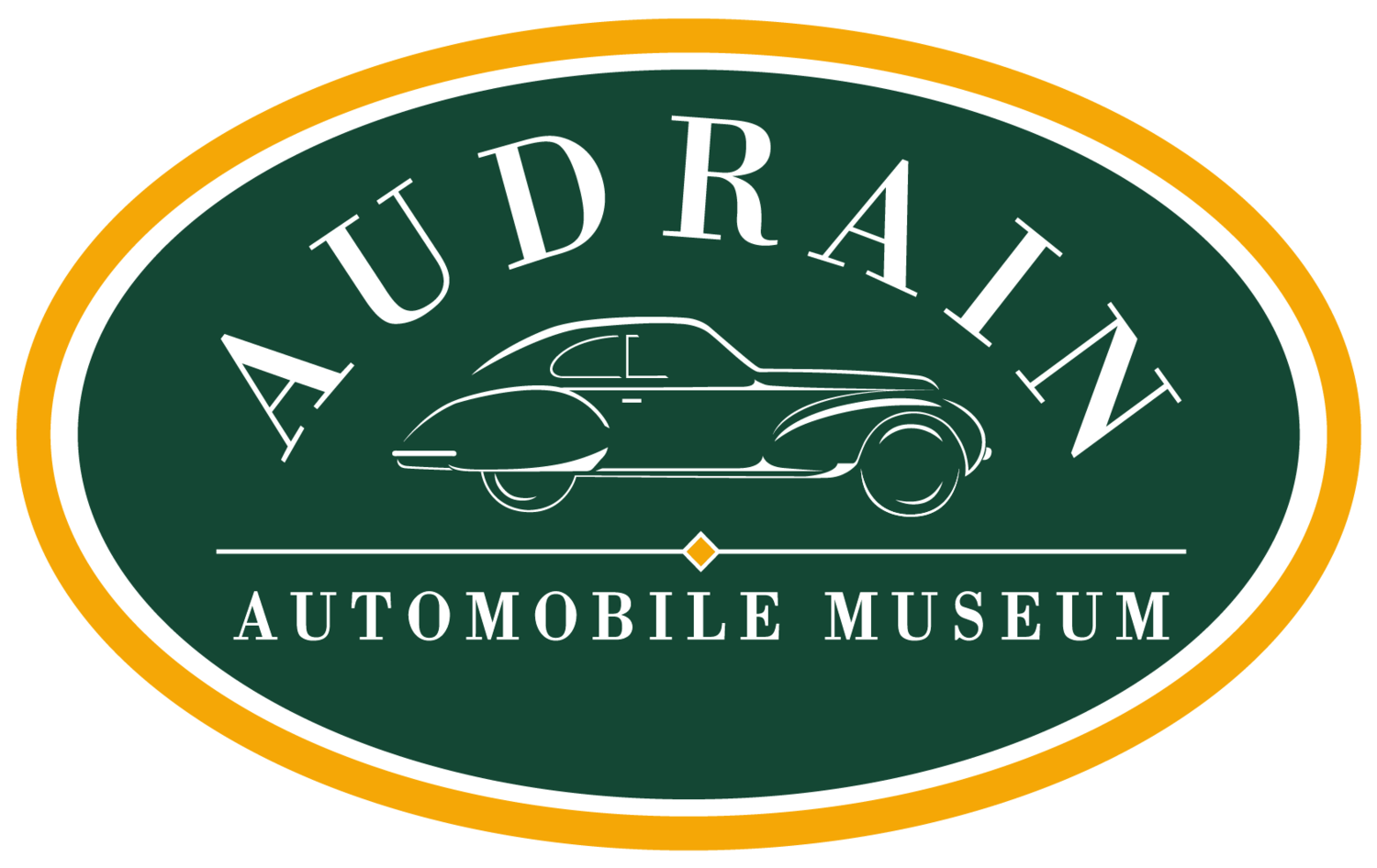Spectroscope Tutorial
As a light source interacts with different surfaces different things can happen. Light is made up of particles and waves that can be absorbed, reflected, and refracted depending on what objects it is interacting with. If we know how light acts in different scenarios, then we can control light sources to shine brighter and farther. Look at the headlights on the Model T and the Bentley for early examples of how mirrors and prisms were used to direct the light beam. The lightbulb in the headlight unit would bounce off a mirrored back and through a prism so that the road ahead was illuminated for nighttime. This made it much safer to drive at night, making cars more popular for the average person. A prism helps to refract light. Normally we call the light shining out of a lightbulb, or headlight, “white light” but really it is made up of many light waves that are different colors, or what we call the light spectrum. When the “white light” is bent or refracted we can see all the differently colored light waves. A rainbow is an example of refraction. When the sun shines through rain droplets still in the sky, the light waves are bent in different directions. You can create your own spectroscope to see how rainbow colors look different with different light sources.
Materials
Empty paper towel roll
Scissors and a utility knife
(Use carefully with adult supervision)CD
Tape and glue Glue
Colored paper/Paint/Crayons/Stickers
Instructions
*Optional* IF you want to cover your empty cardboard paper towel role in colored paper, do this step first before making any cuts to the tube!
2. Gently squeeze the cardboard tube almost in half and use the scissors to cut a slit in the cardboard tube towards one end. The slit should be large enough to firmly fit the CD into. You might have to ask an adult to use the utility knife if the slit needs to be bigger.
3. Ask an adult to use the utility knife to cut a small hole in the tube on the opposite side of the slit, this is where you will look through.
4. Using two strips of tape cover the end of the cardboard tube OPPOSITE of the slit you cut in step one. Only a small portion is should still be open to control how much light shines in.
5. DECORATE! Paint, color, add sticker and whatever else you want to your spectroscope, just be careful to not cover the holes and slits you added.
6. Insert the CD into the slit you cut in step 1
7. Holding the tube (with the tape-covered end at the top) under different light sources (natural sunlight, an LED bulb, a fluorescent bulb, etc.) and look through the small hole opposite of the slit. Do you see a rainbow being reflected on the CD? You might have to move the spectroscope around to catch the light just right! How does the rainbow look different under different light sources, can you see more colors under different lights? Think about how it would be important to know how different types of headlights would refract light in order to make the brightest and safest headlight possible.


